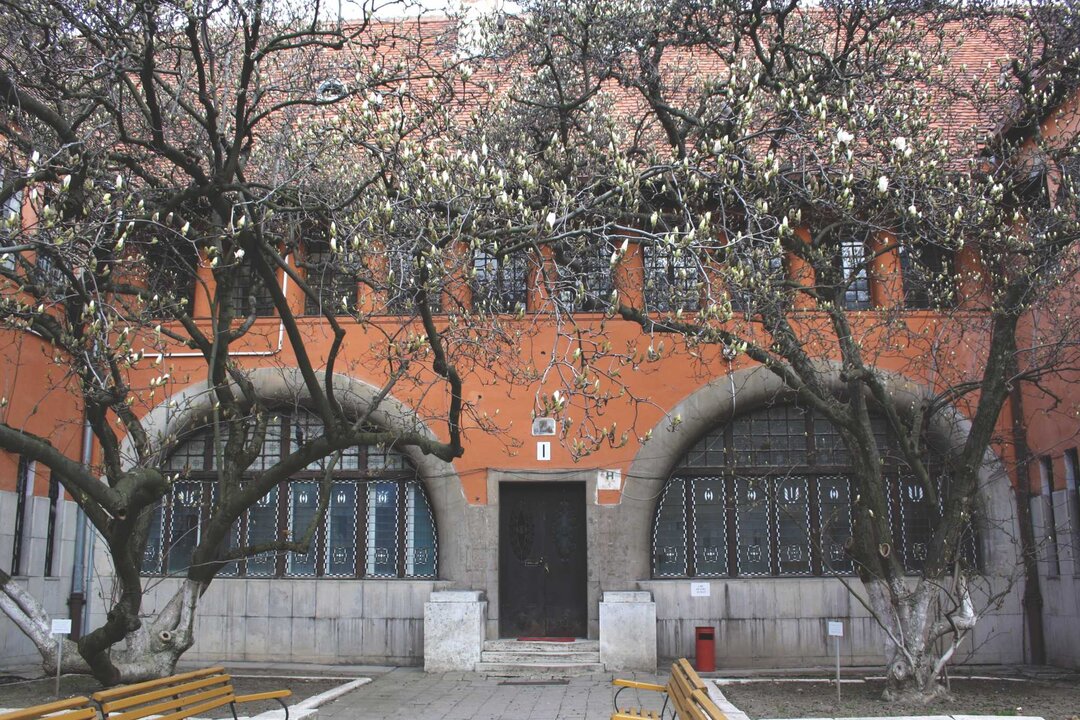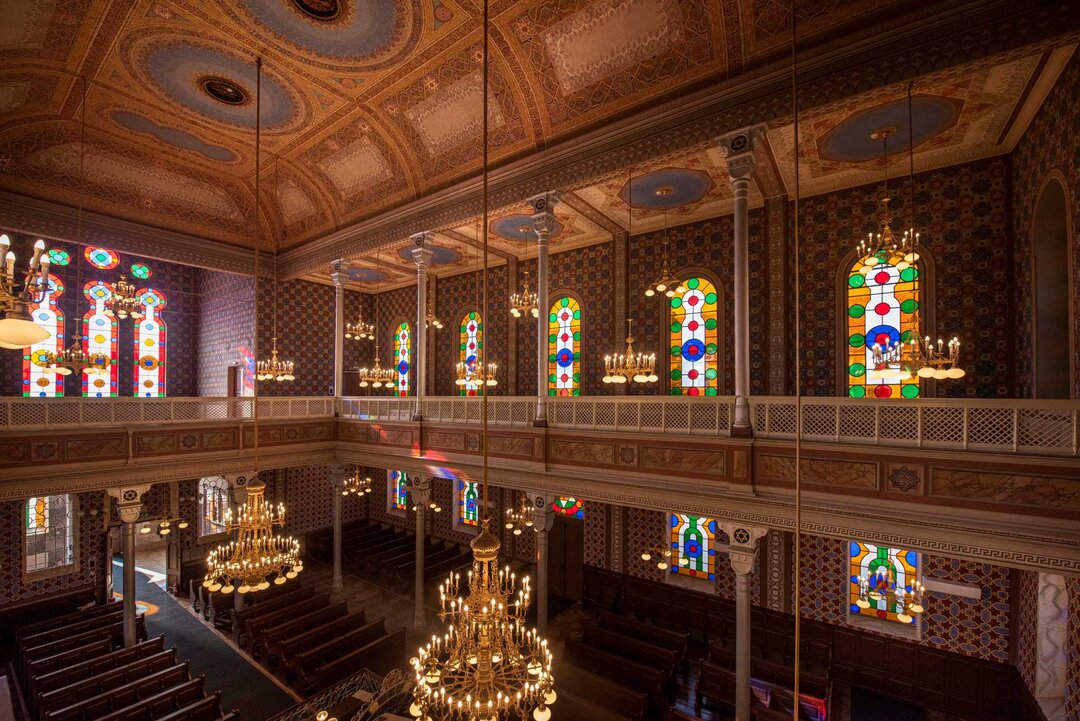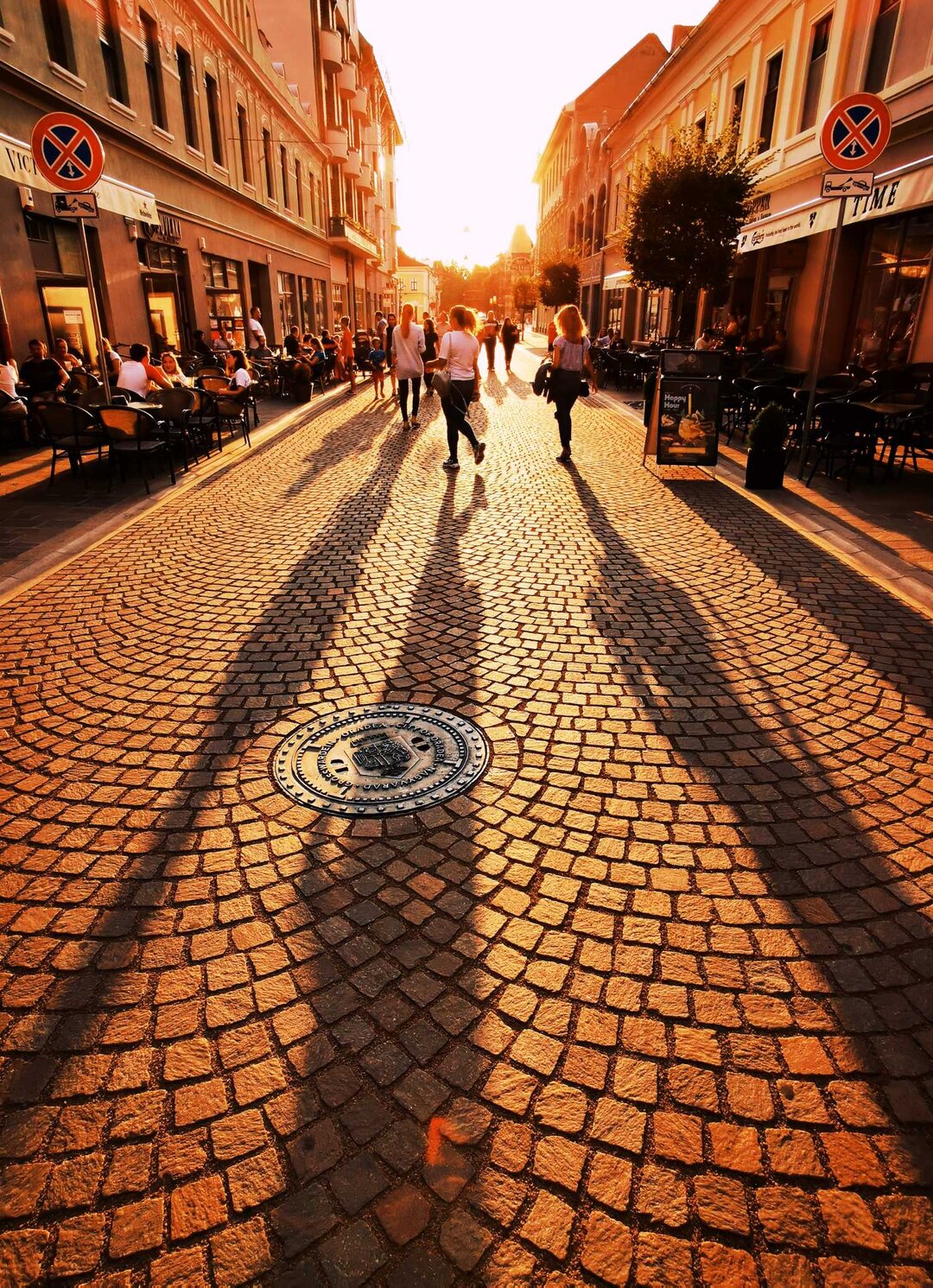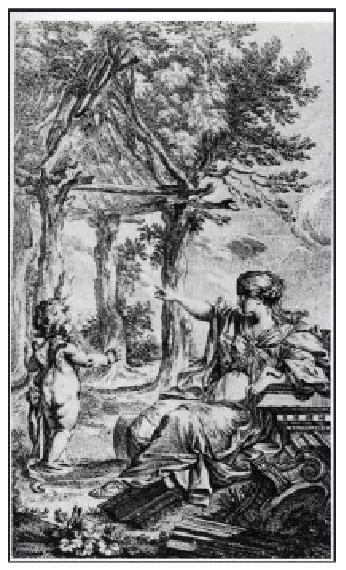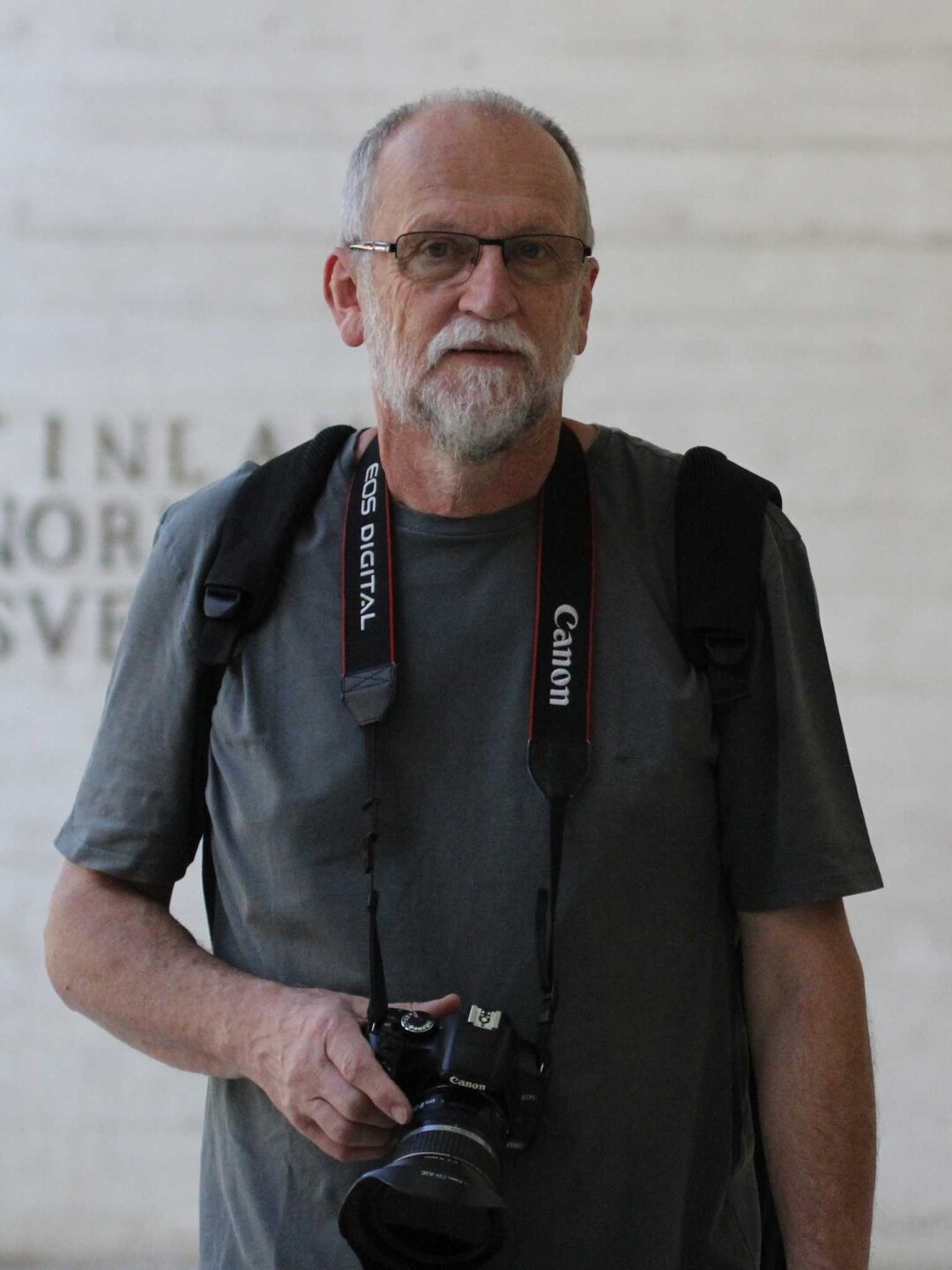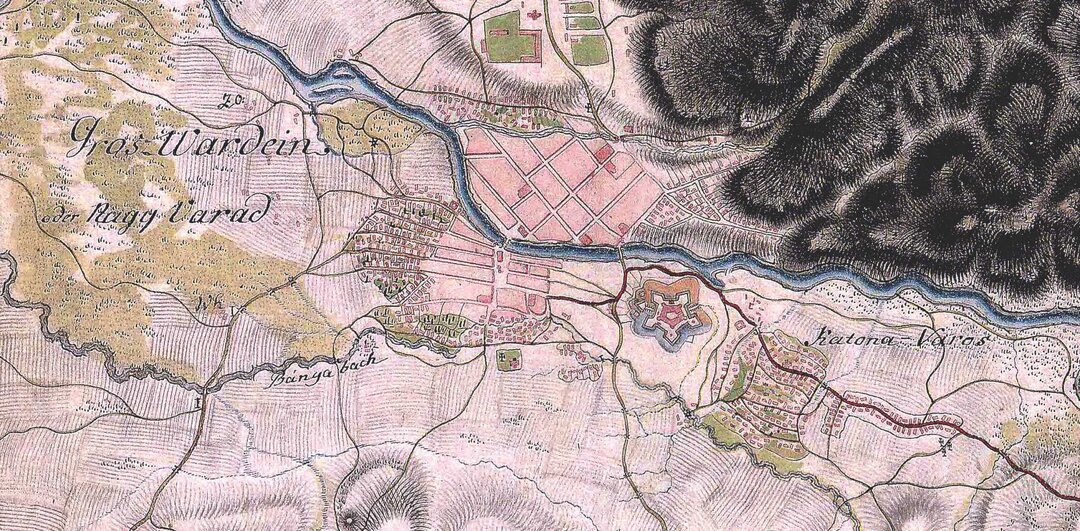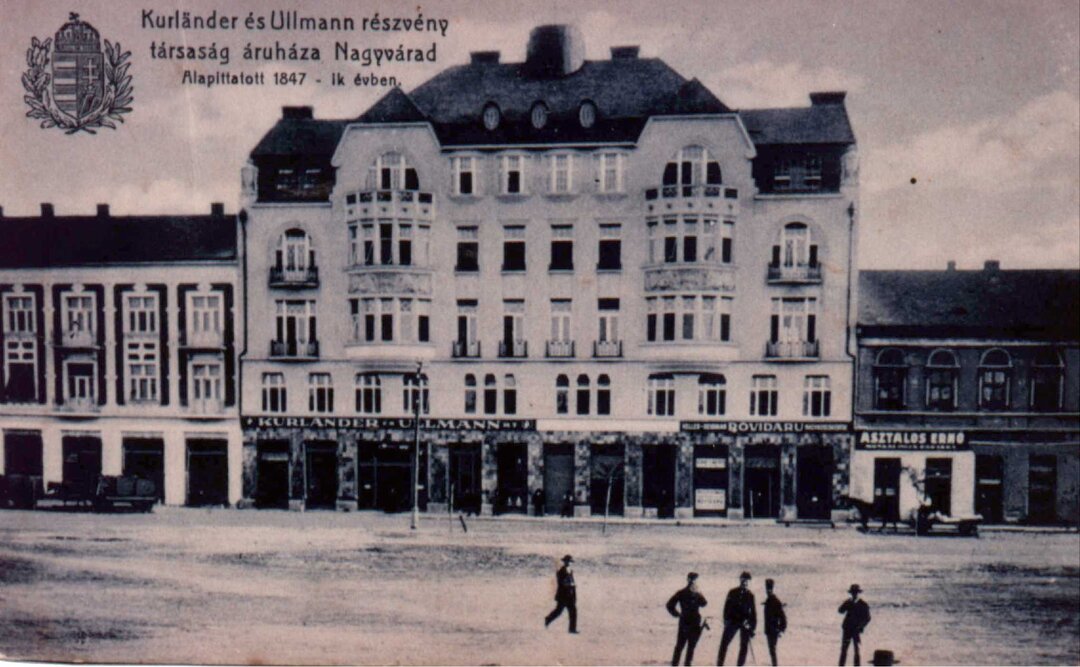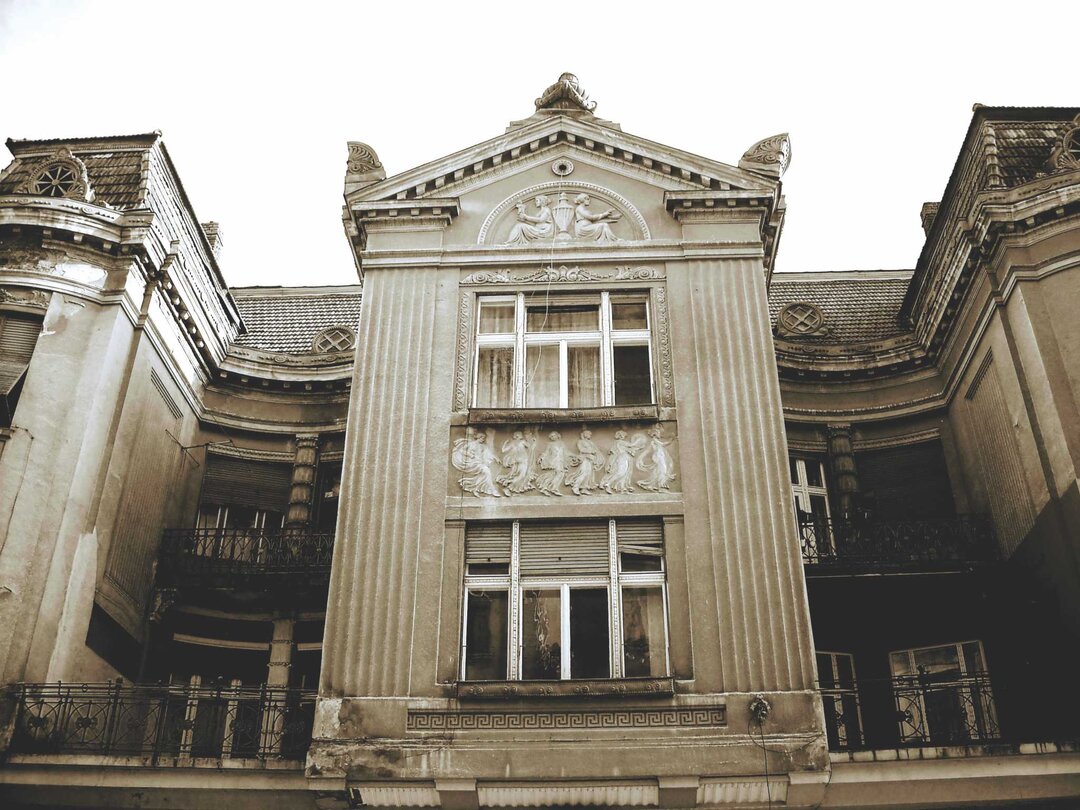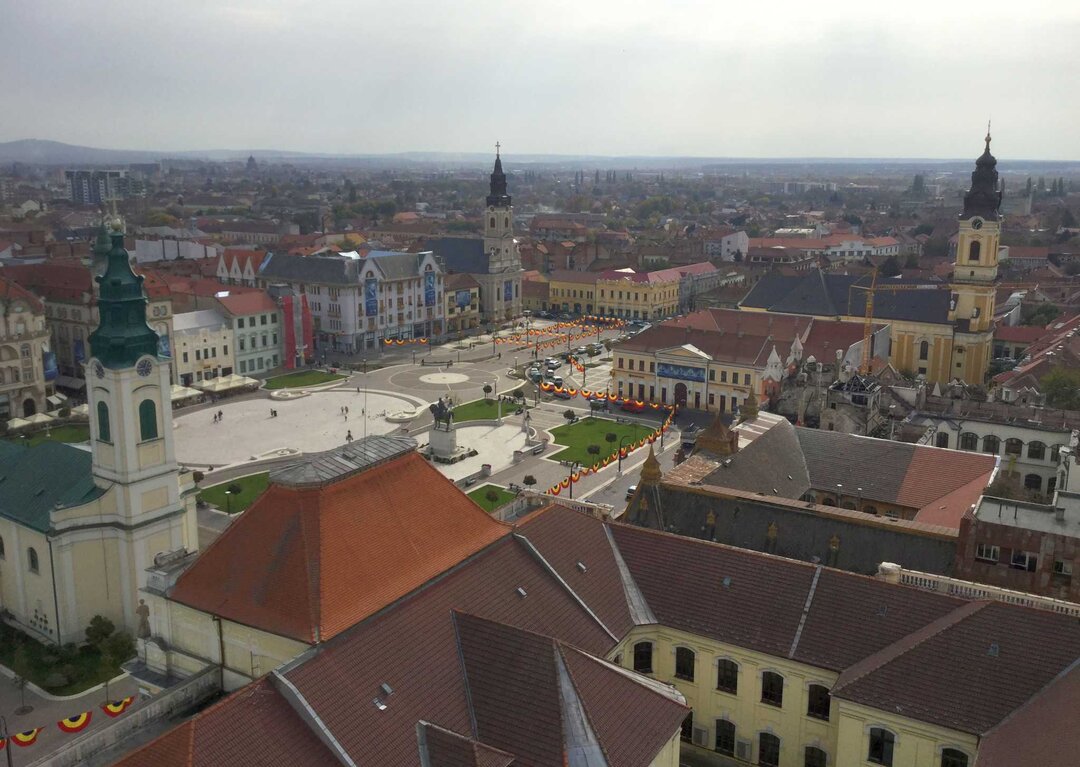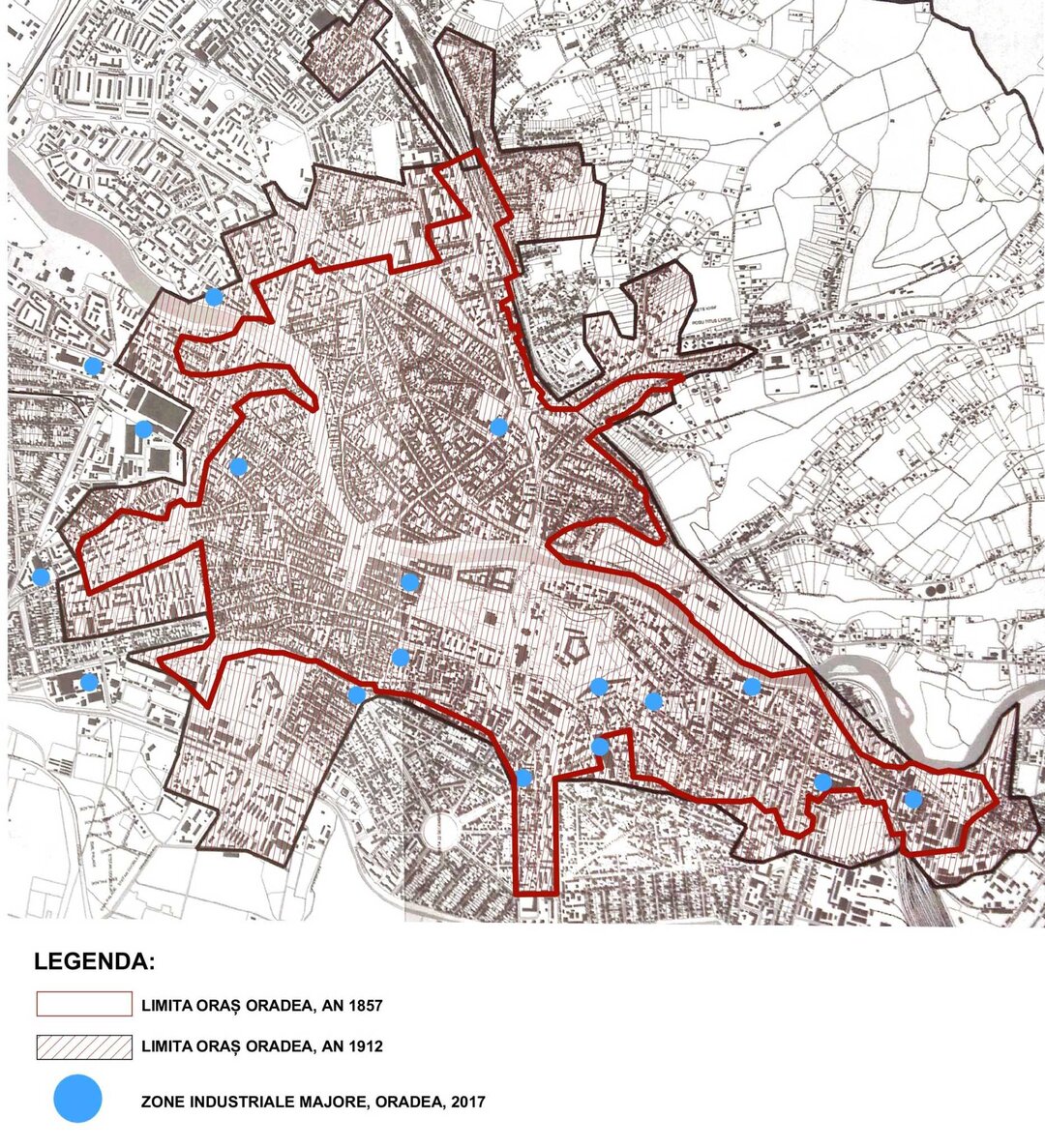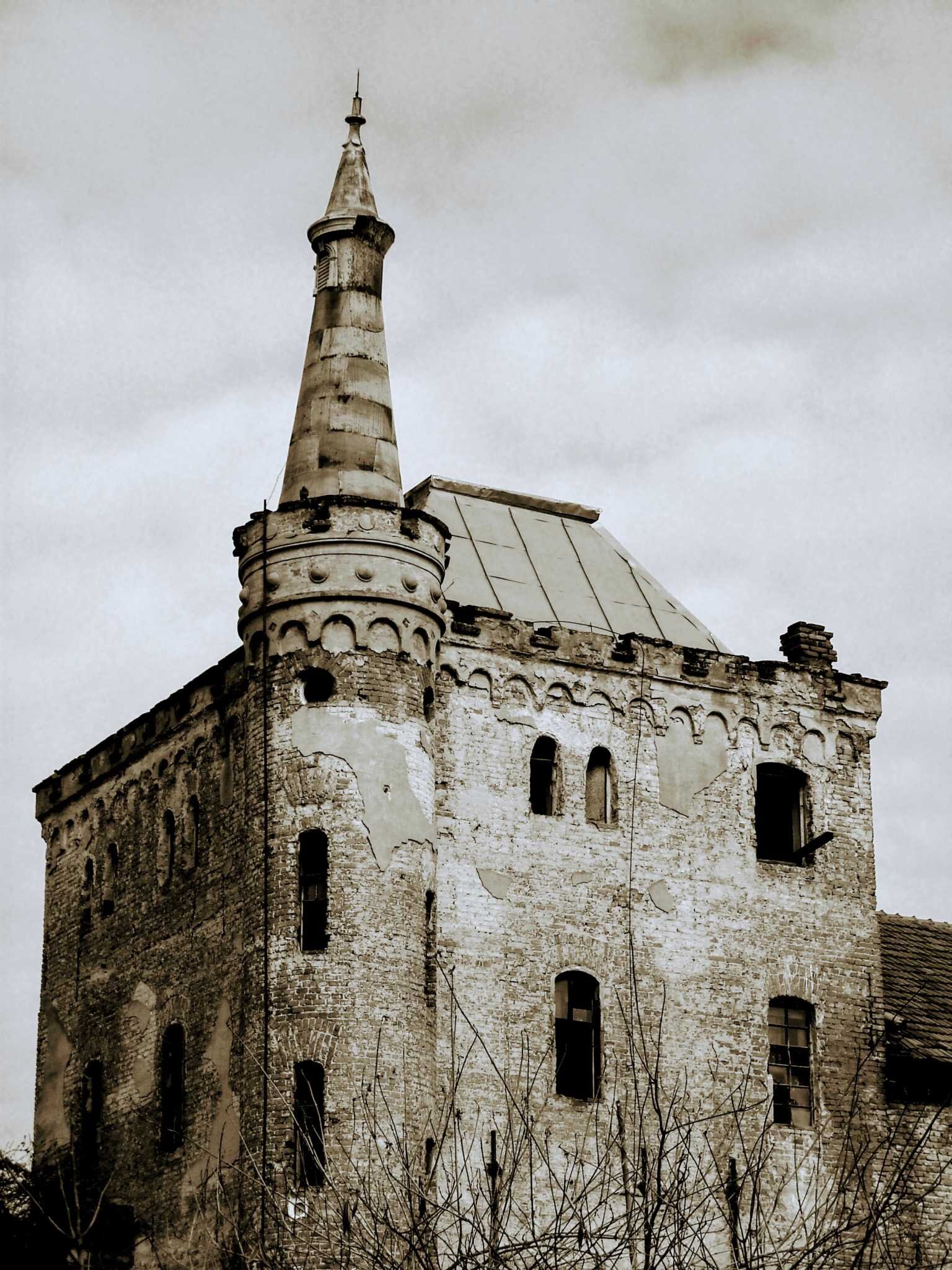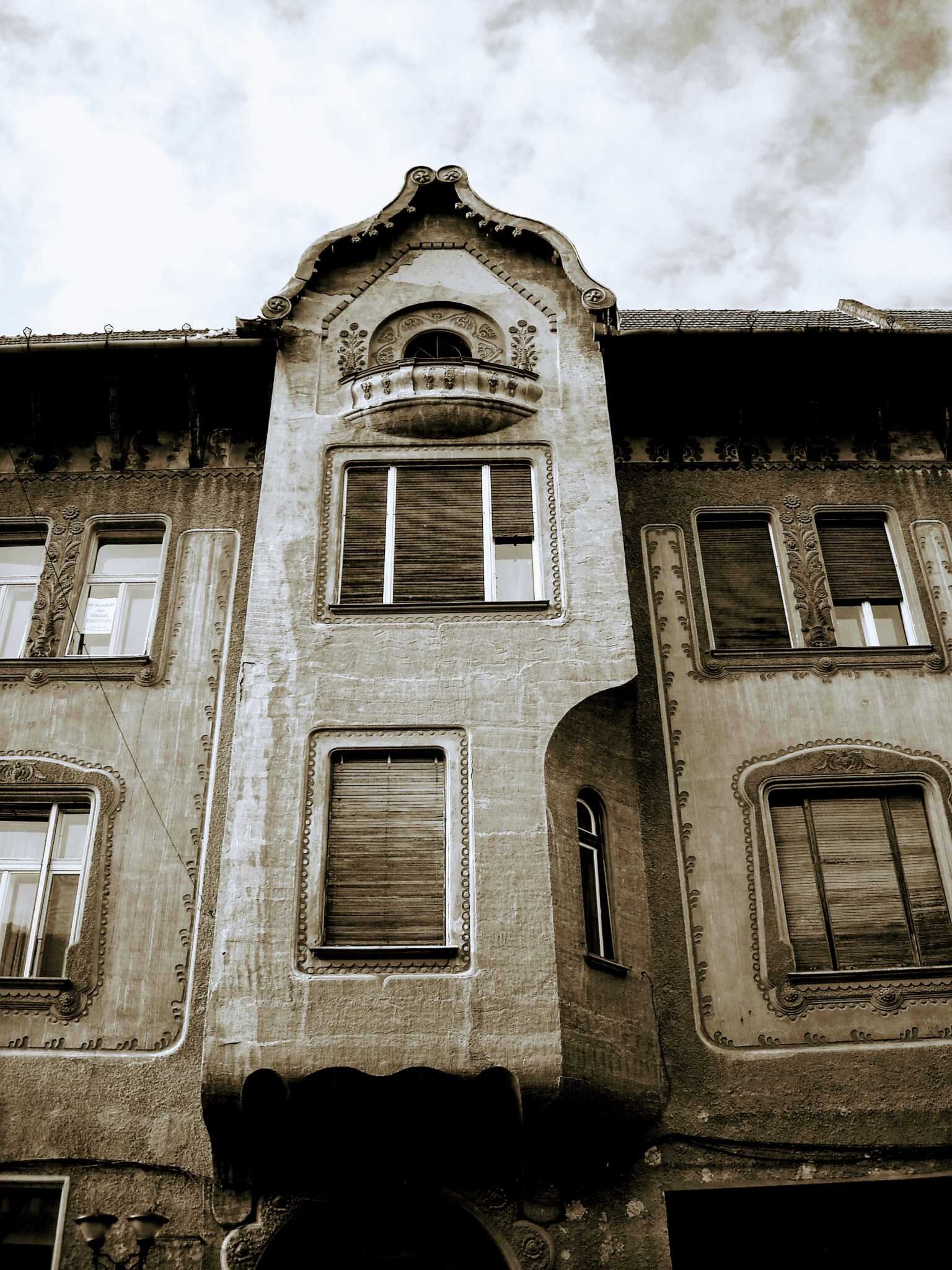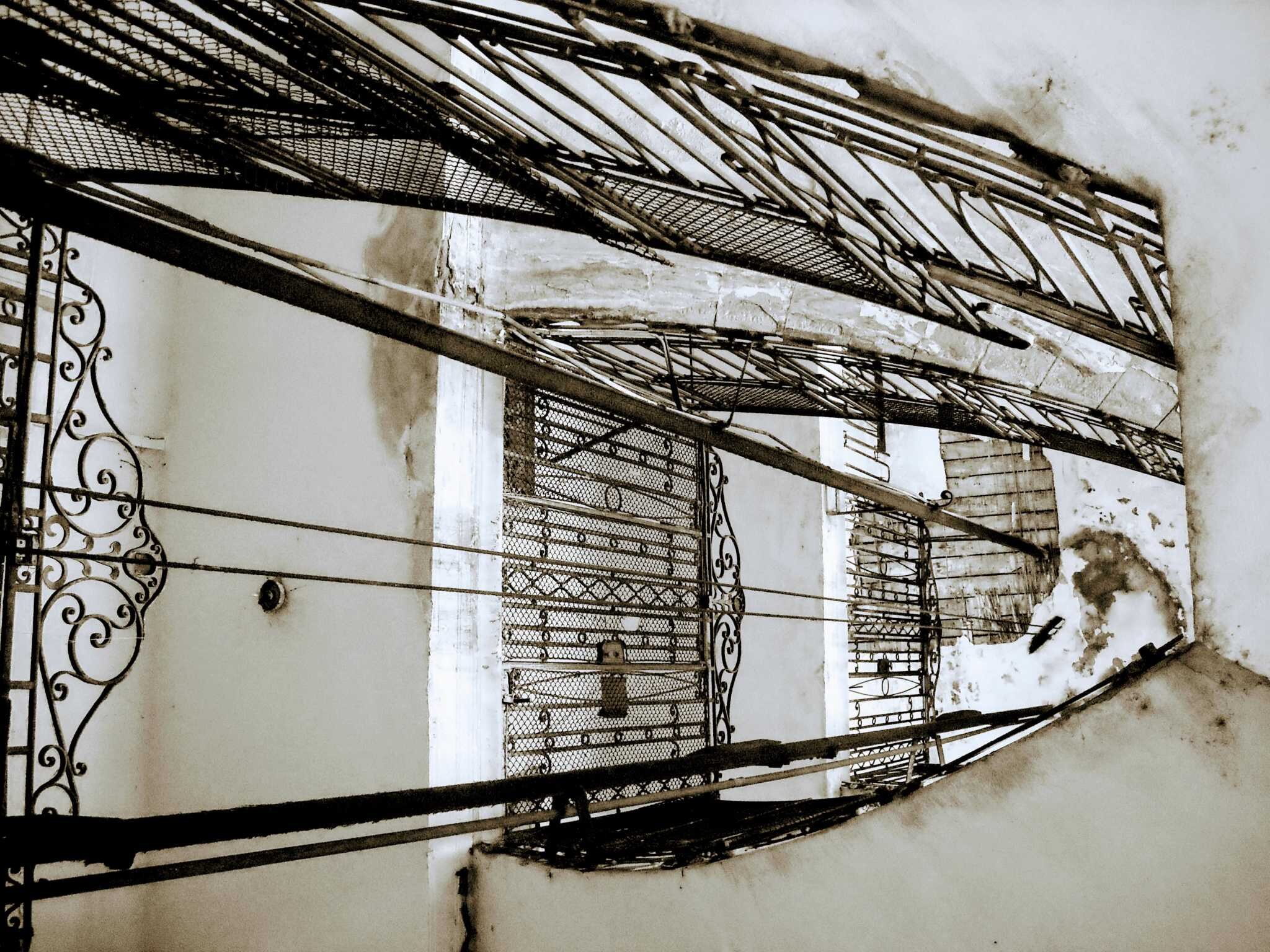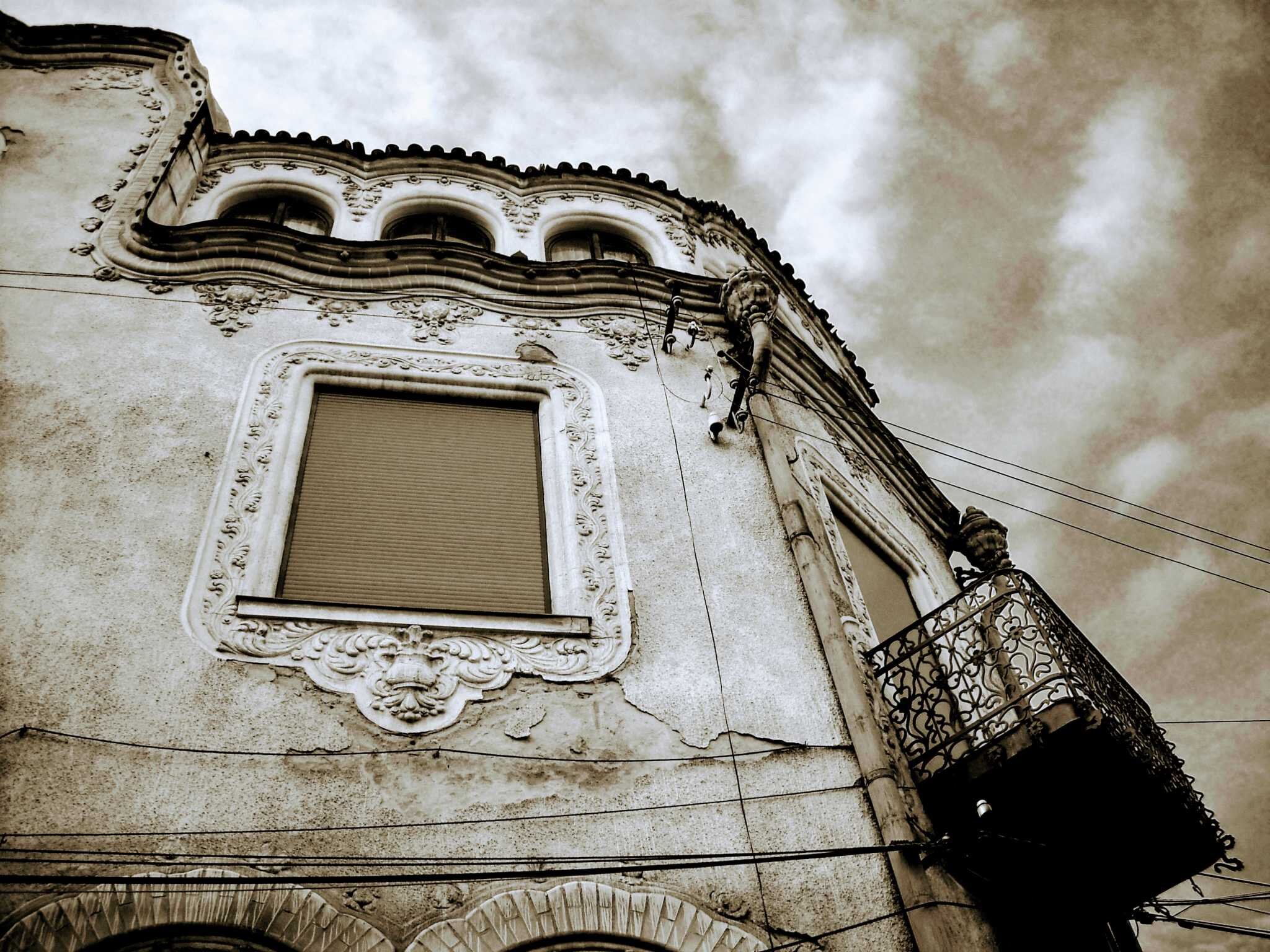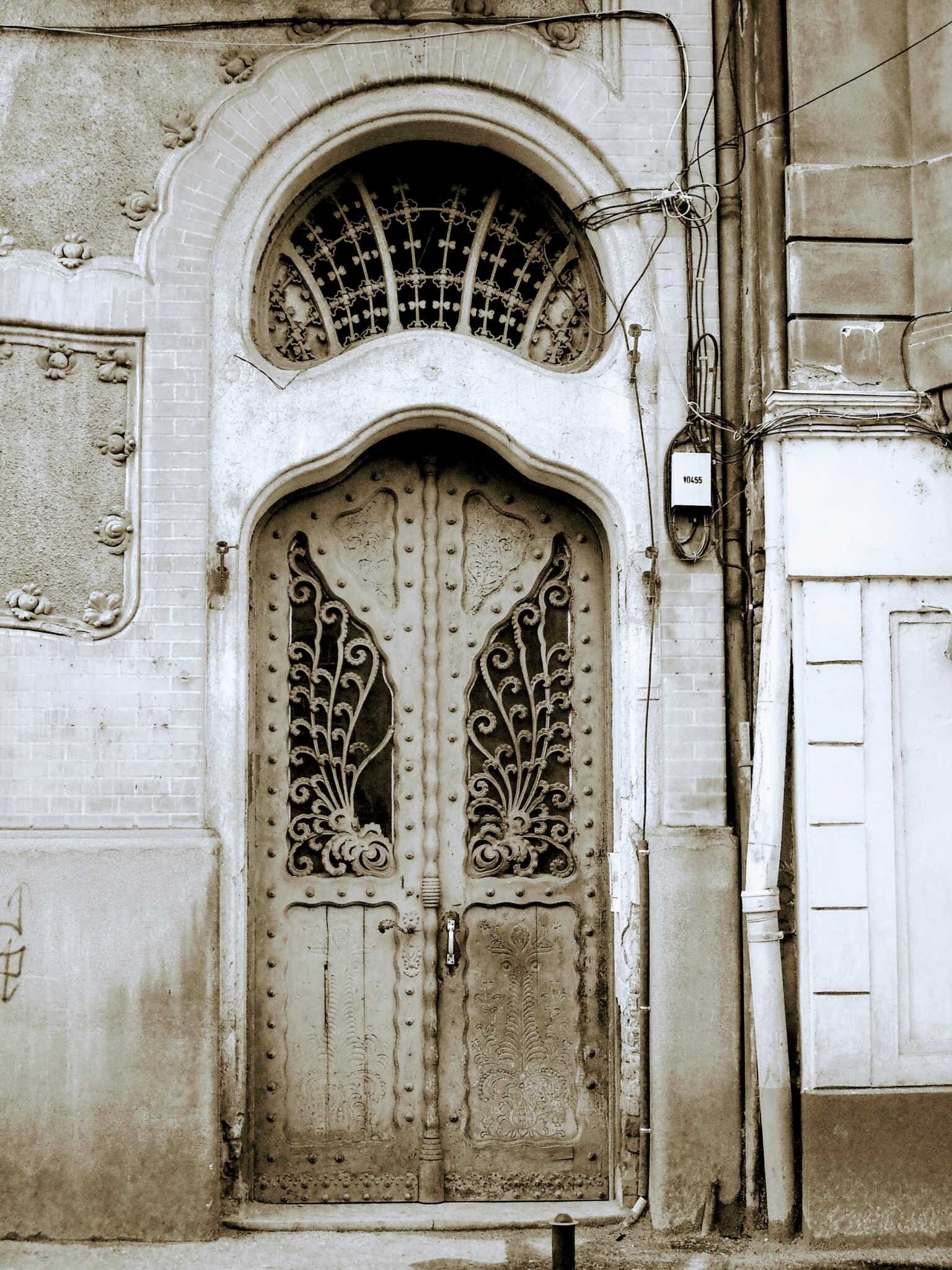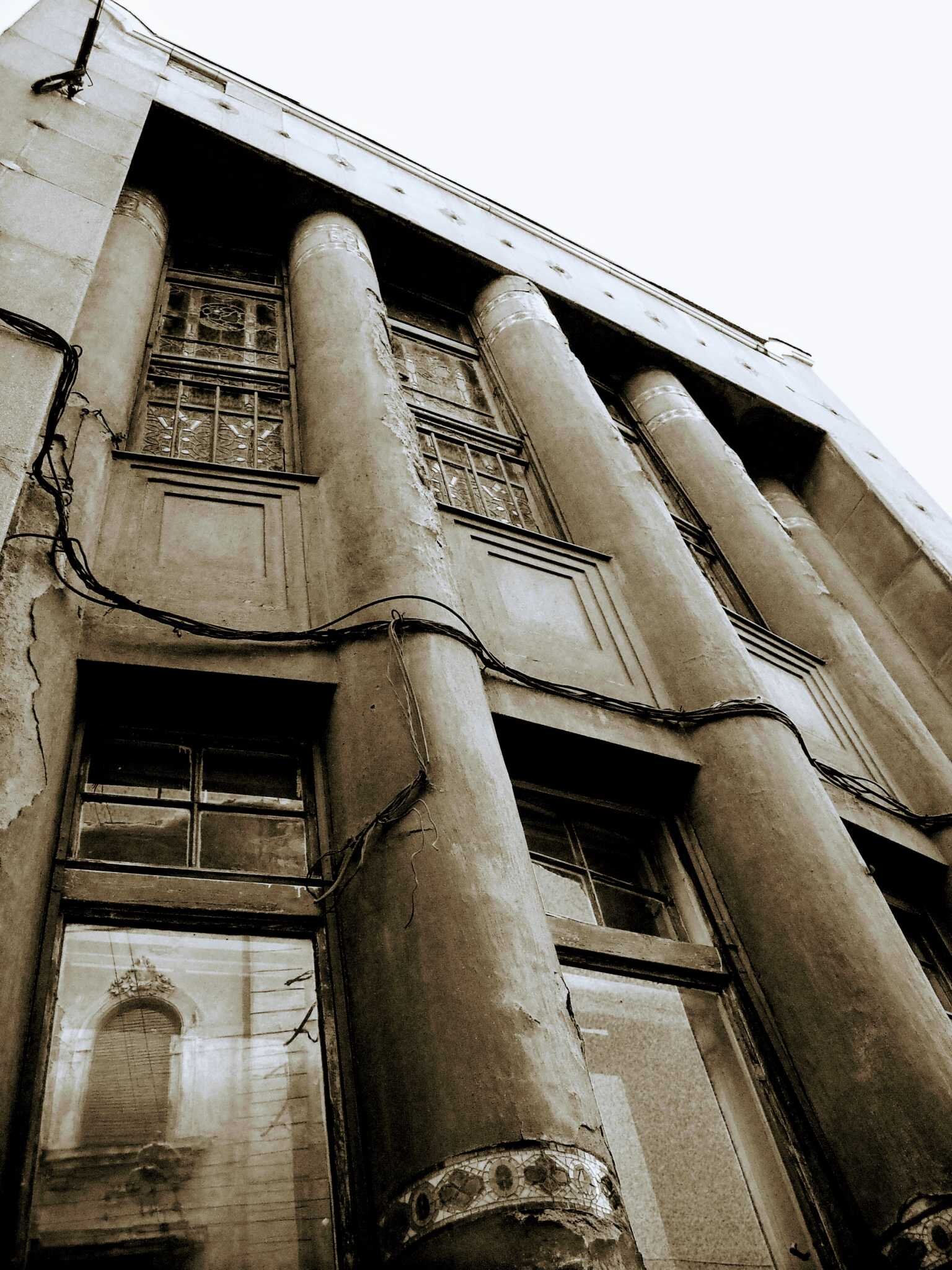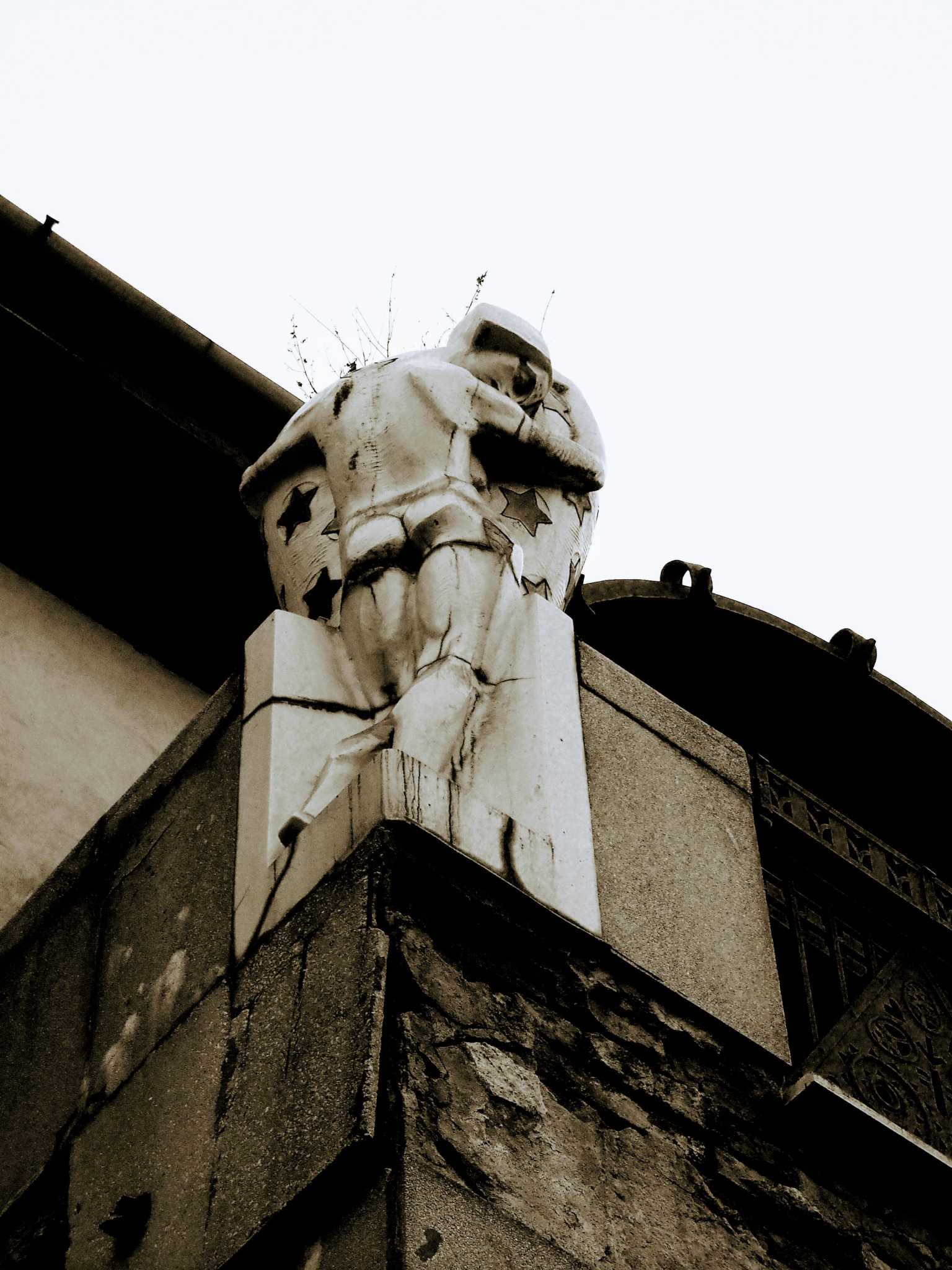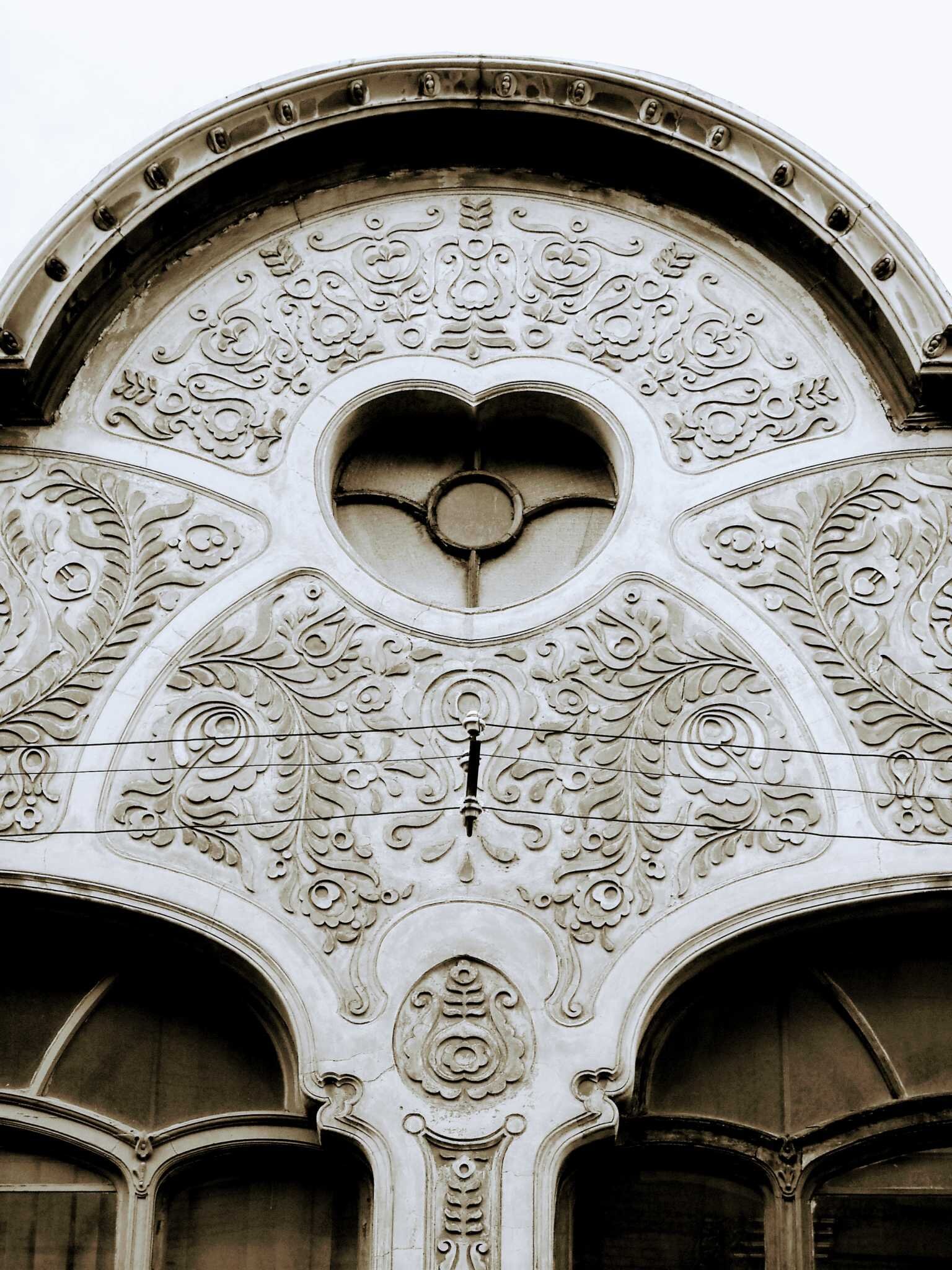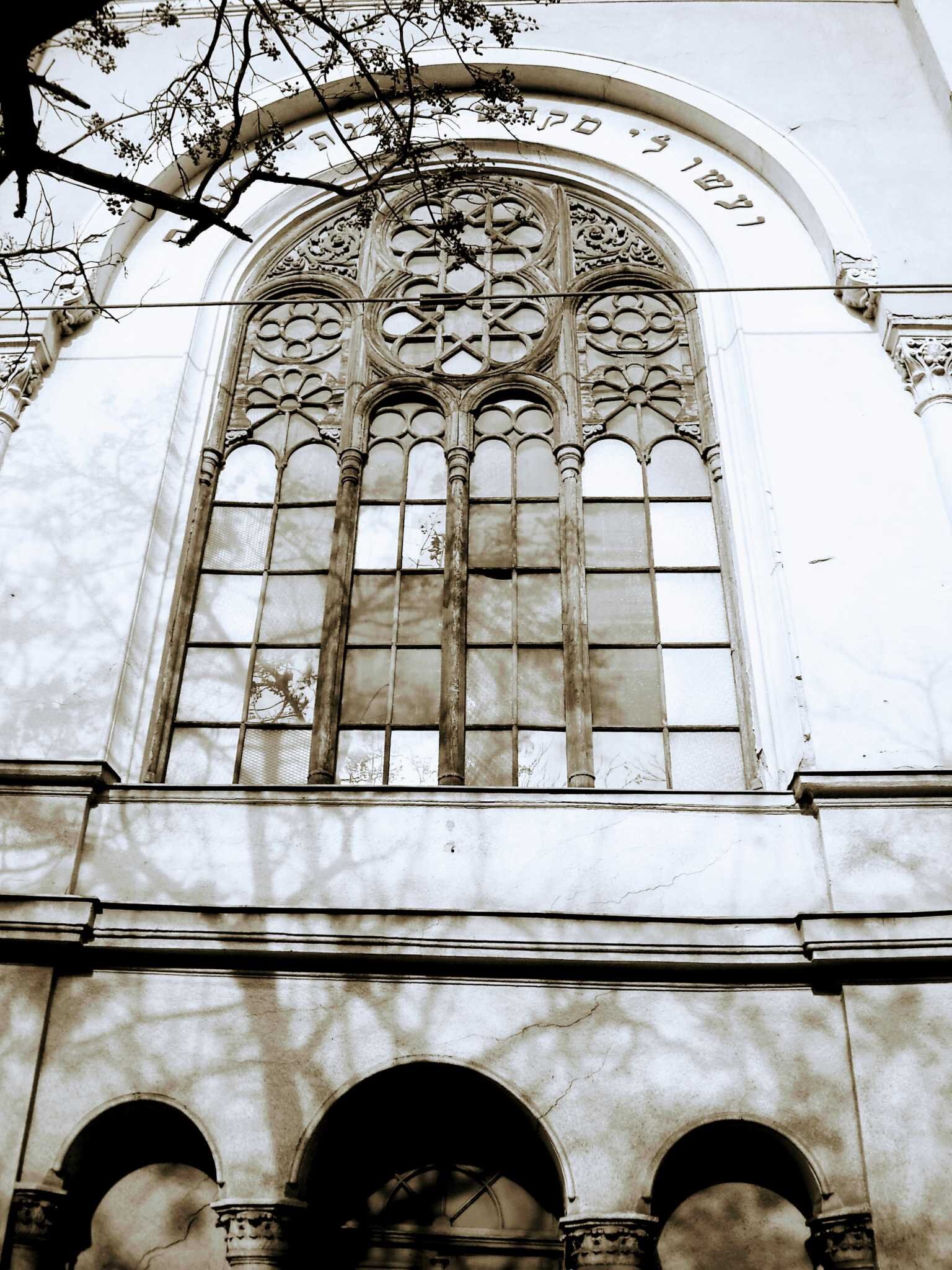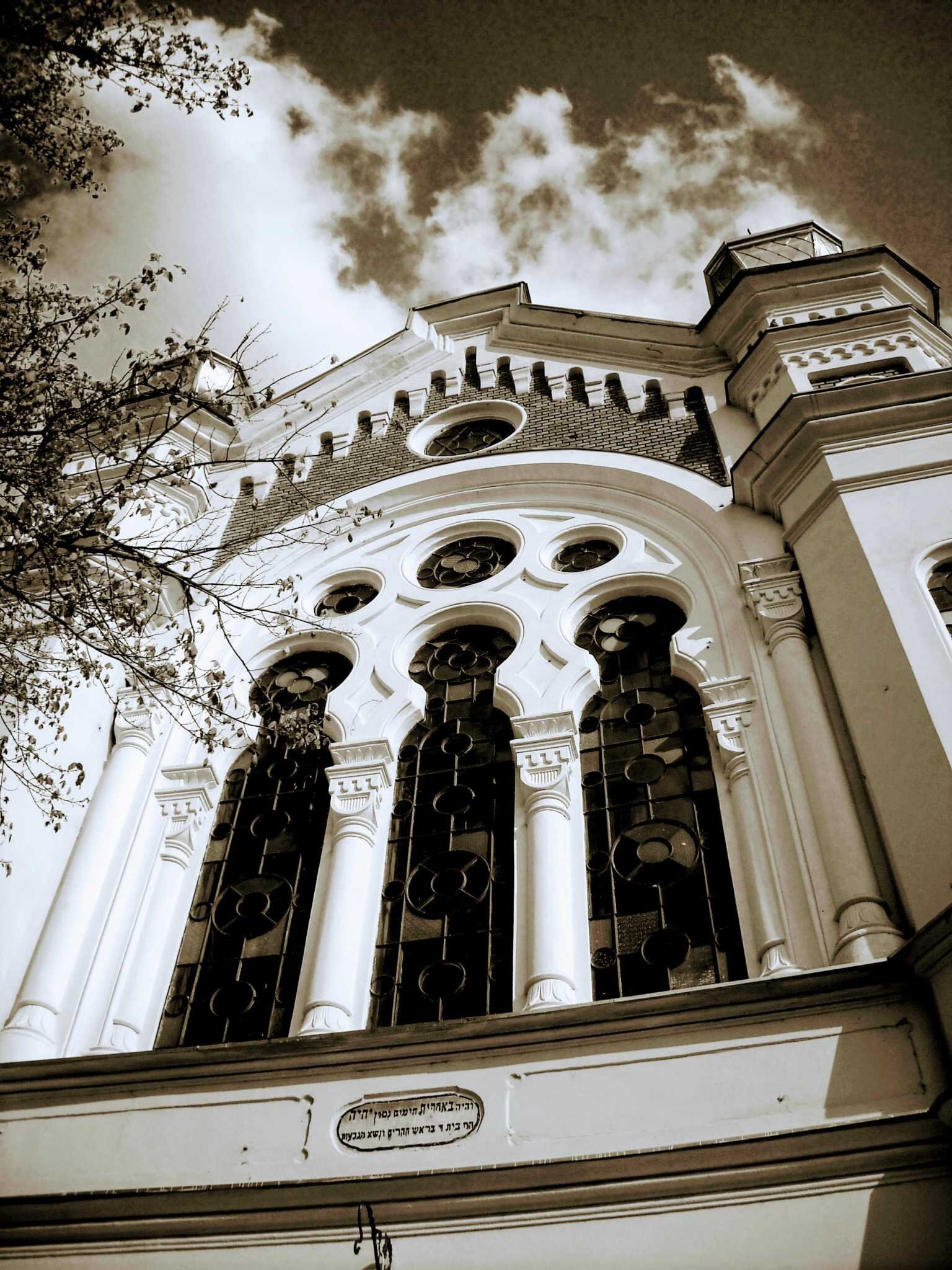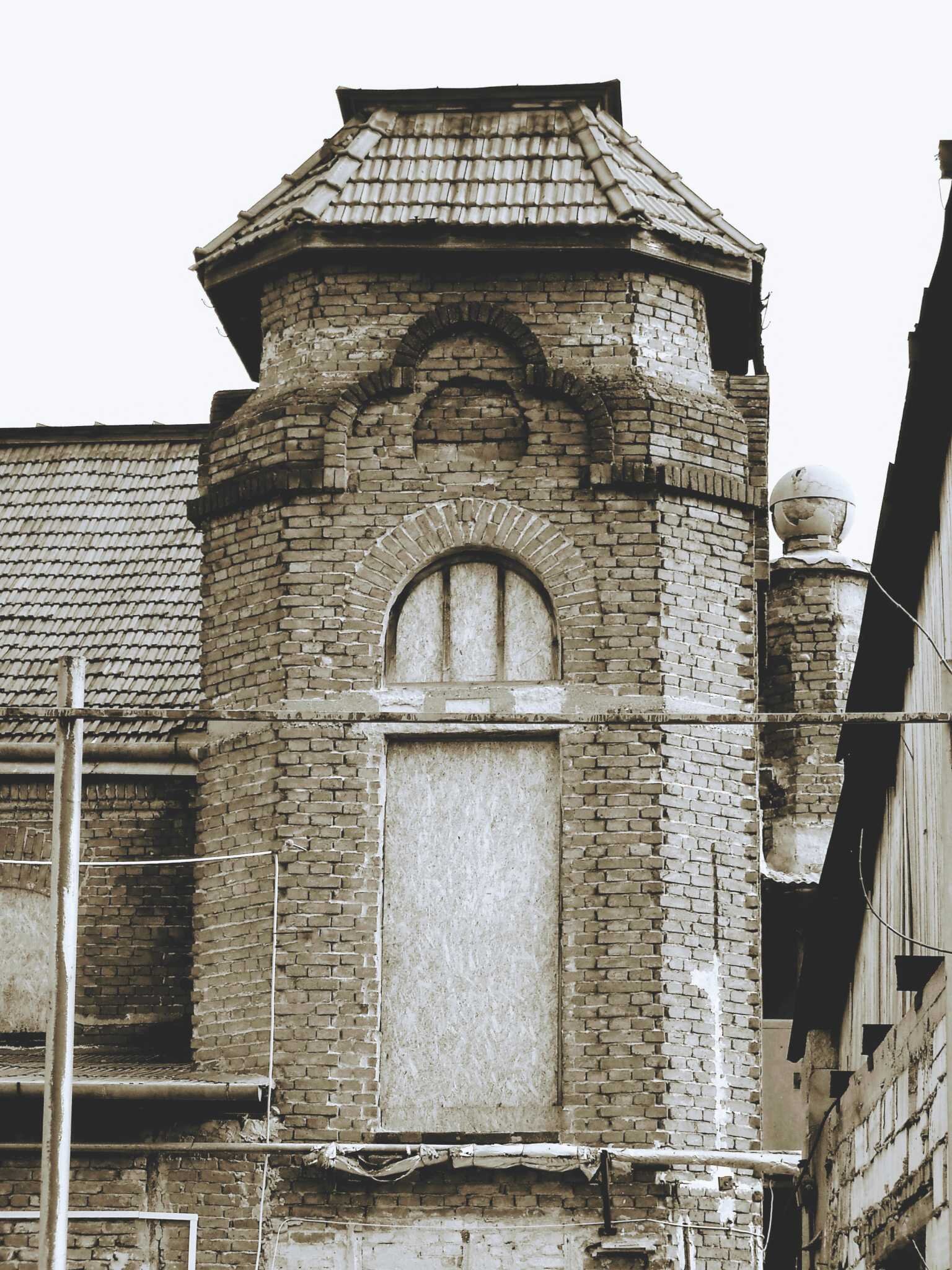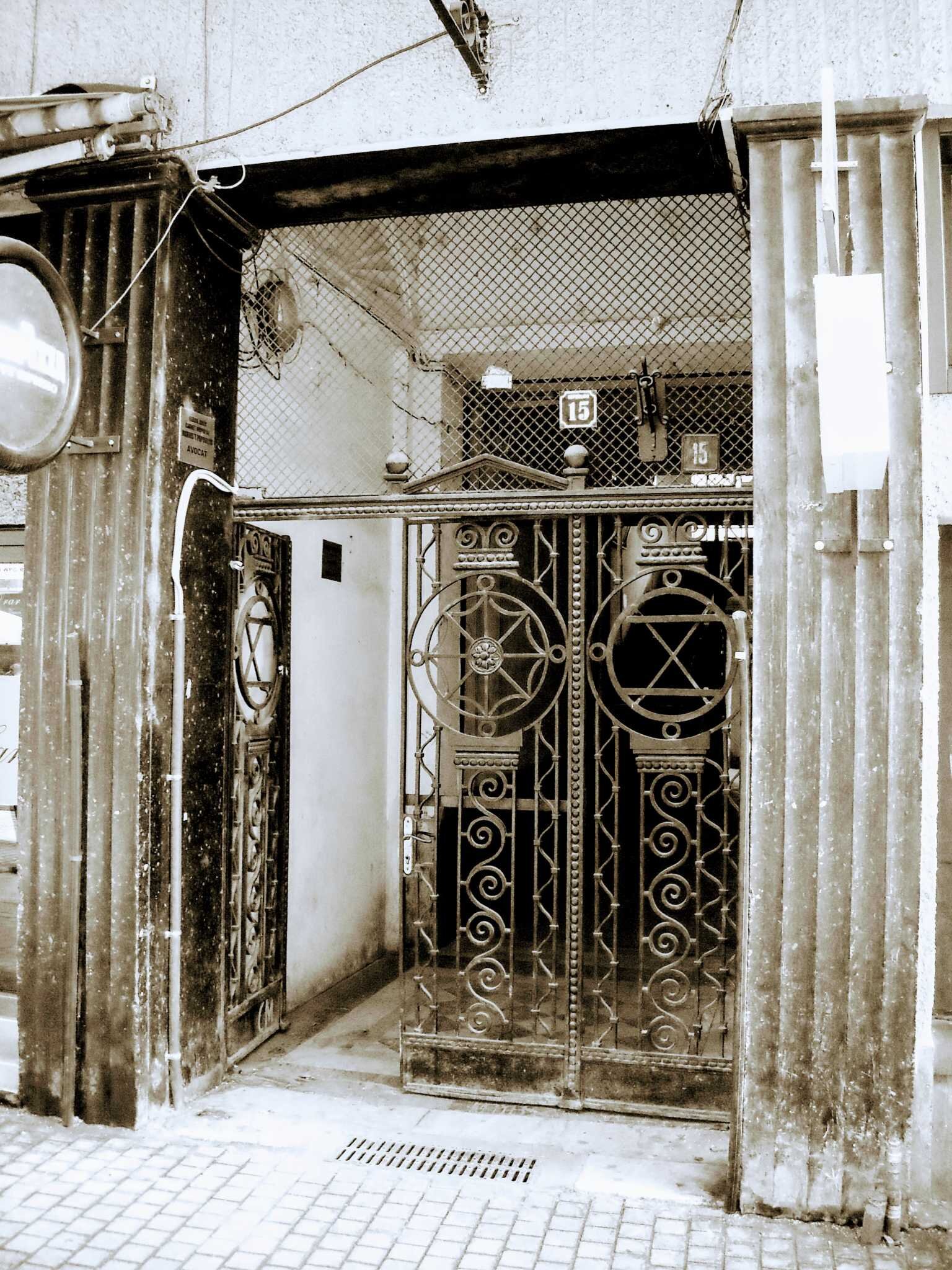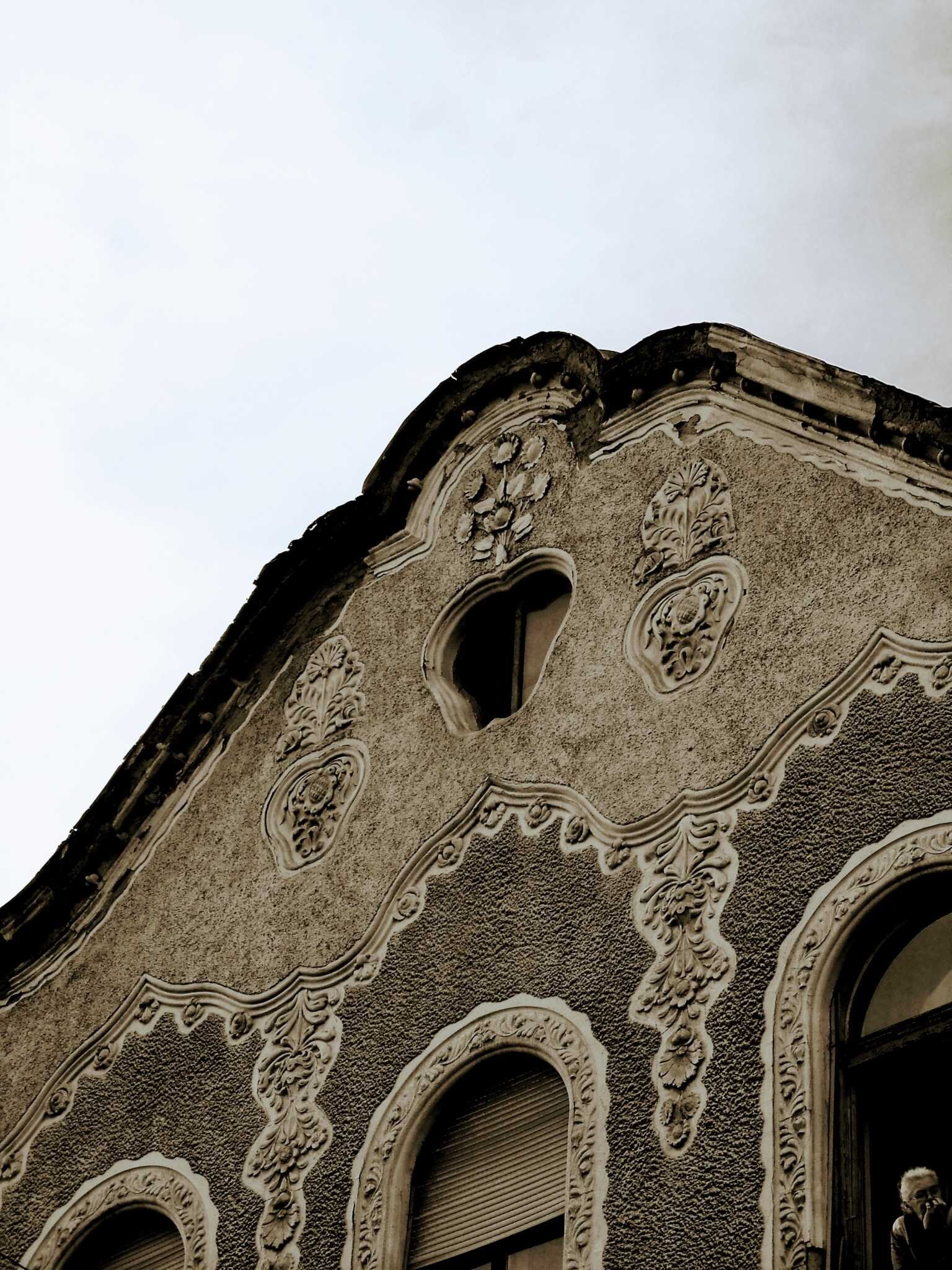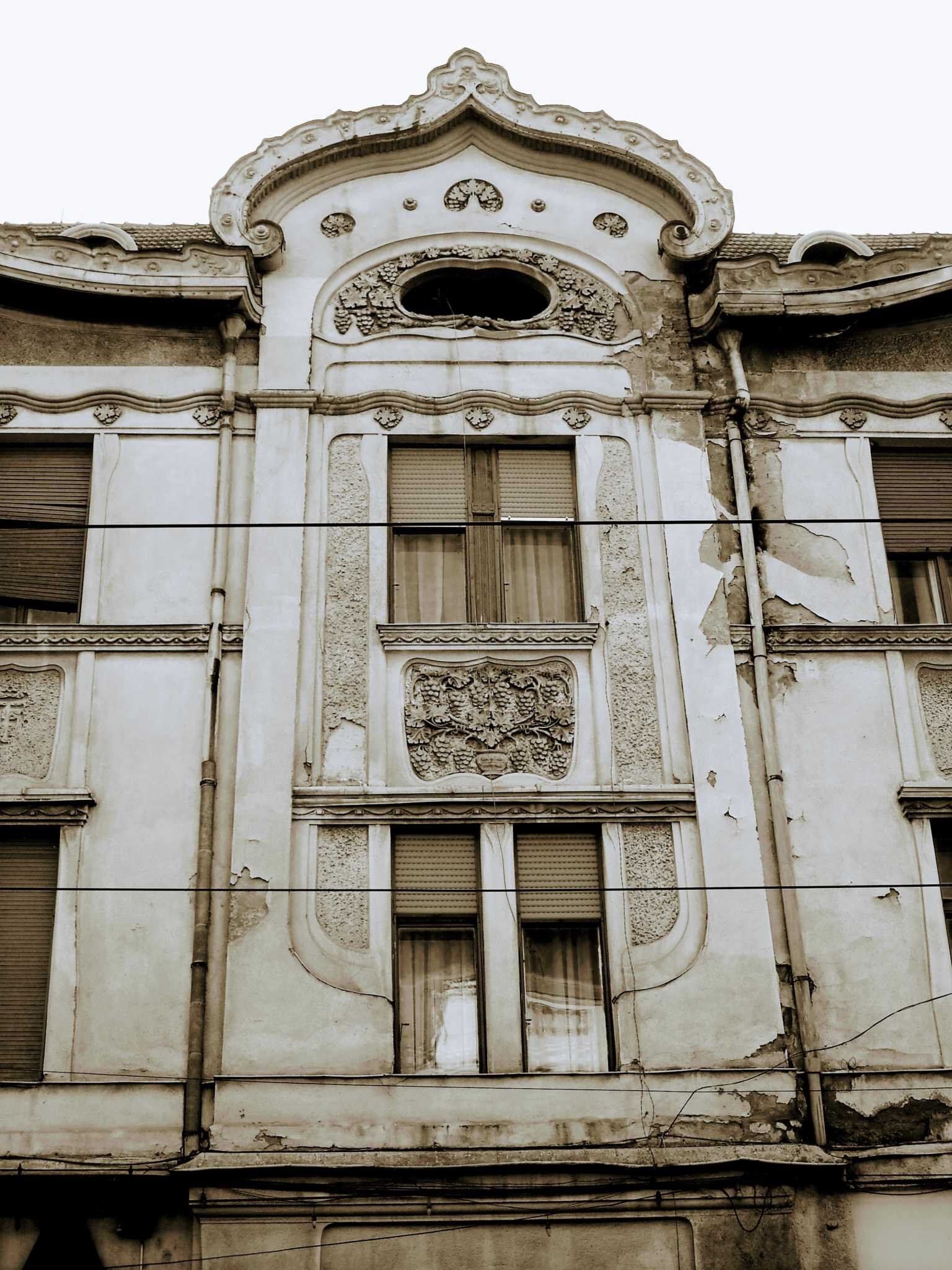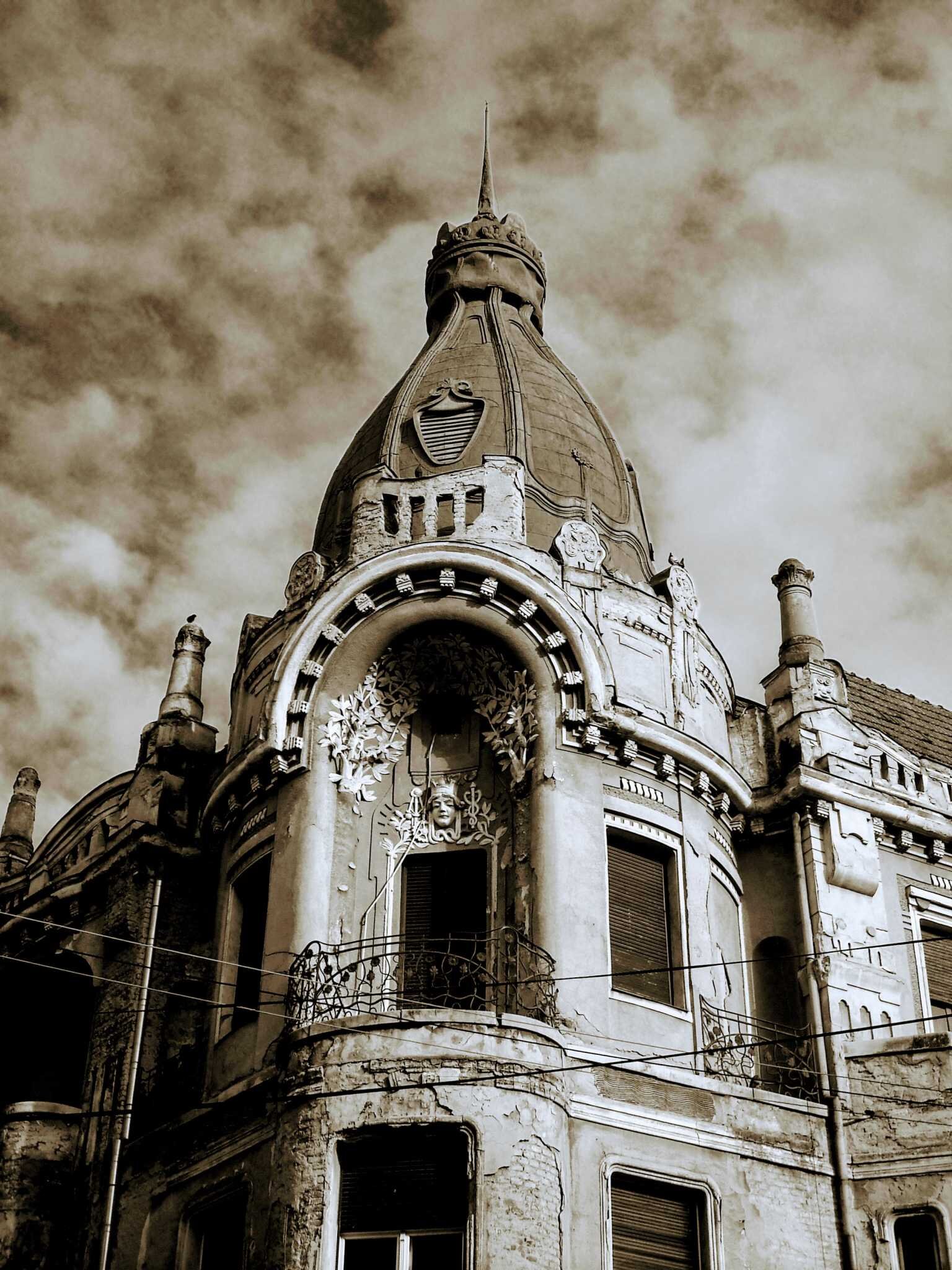
"Towards Oradea"
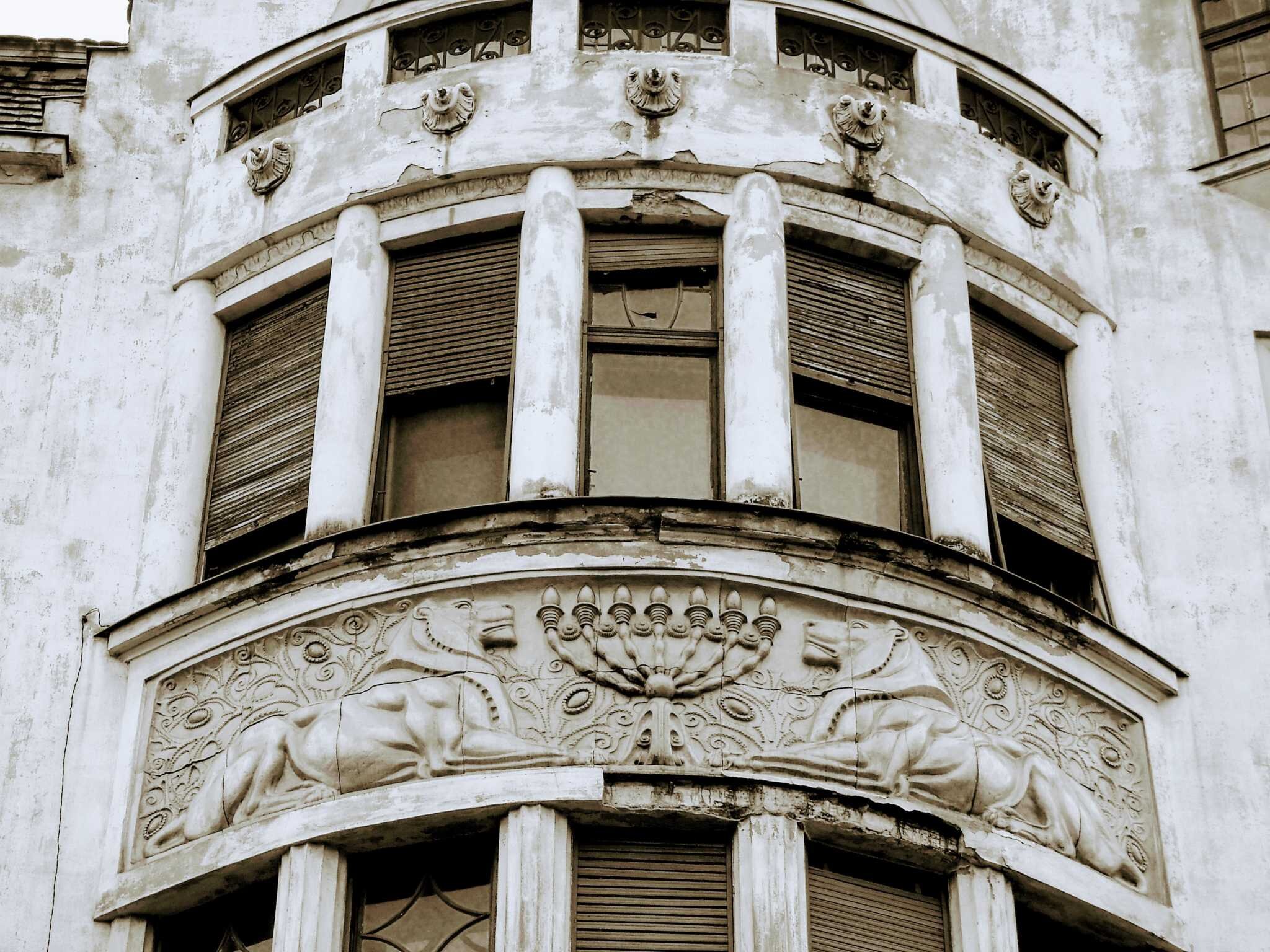
Thematic dossier
"TO ORADE"
In search of the memory of a Jewish community
text: Dan-Ionuț JULEAN
 The material presents a unique case in the European Diaspora - Oradea, one of the most cosmopolitan cities of Romania, as heir and continuator of a Jewish community whose special coordinates positioned it, until the interwar period, among the most important in this part of Europe. It is temerarious to summarize in a few words the general picture of the constructive efforts of the Jewish community in the city of Oradea at the turn of the 19th and 20th centuries, a period marked by the activity of Jewish architects, builders and engineers or by the personalities of Jewish patrons and great patrons, in the context of clear testimonies, evoking the Jewish contribution to the urban, cultural, intellectual and industrial development of the city, as well as the potential for valorization in the present conditions.
The material presents a unique case in the European Diaspora - Oradea, one of the most cosmopolitan cities of Romania, as heir and continuator of a Jewish community whose special coordinates positioned it, until the interwar period, among the most important in this part of Europe. It is temerarious to summarize in a few words the general picture of the constructive efforts of the Jewish community in the city of Oradea at the turn of the 19th and 20th centuries, a period marked by the activity of Jewish architects, builders and engineers or by the personalities of Jewish patrons and great patrons, in the context of clear testimonies, evoking the Jewish contribution to the urban, cultural, intellectual and industrial development of the city, as well as the potential for valorization in the present conditions.
Oradea was once the most important and active Jewish community in Hungary (the largest after Budapest) and, after the Great Union, the most important and active Jewish community in Romania, witnessing the major impact of Jewish culture on the main aspects of society, the development of urban life, but especially on architecture. There is a very valuable Jewish heritage which must be protected and passed on to future generations, in memory of the sacrifice of the approximately 25 000 Jews from Oradea and the surrounding area who were deported and exterminated in the Auschwitz-Birkenau camps in May 1944. The drama of Oradea's Jewish community took place during the Horthist occupation (September 1940 - October 1944), when the city was home to the largest ghetto in Hungary after Budapest.
If we were to draw a parallel, following a skillful effort to preserve and capitalize on the memory of this community, it would be possible to compare the data, figures and values with the Jewish community in Krakow, and the New City of Oradea can always stand with dignity alongside the Polish Kazimierz. It would be desirable to make the most of the existing Jewish heritage and its history by integrating Oradea into a specialized tourist circuit and developing cultural tourism, all the more cultural as Romania has already been a member of the European Routes of Jewish Heritage for years. Oradea's Jewish quarter does not have such a tumultuous past as Kazimierz, but it maintains a specific unitary character over a much larger area which, with the emancipation of the Jews, spread to almost the entire historic center, up to the city limits of the 19th century. This materializes, today, in a dramatic presence through absence. Lack of funds has caused the process of rehabilitation/restoration or functional conversion to stagnate - there are still many Jewish buildings in an advanced state of decay, requiring urgently needed interventions; others have undergone unprofessional interventions; few are the happy cases.

The current sad situation proves that the time has come to take action. Here too, a first step has been taken by foreigners who are studying our past and urging us to open our eyes to the values we have. Thus, through Fredric Bedoire's book, The Jewish Contribution to Modern Architecture, Oradea's fame has had the chance to once again make its way around the world after almost a century of oblivion1. Bedoire, in his study on the Jewish contribution to the development of modern architecture in the period 1830-1930, includes Oradea in the chapter "The Promised City", alongside Łódź, New York and Chicago, stating that "it is perhaps the clearest European example of Jewish urban culture that flourished for over 200 years until the Second World War" (trans. aut.), the city being known for the active role of its large Jewish community in its economic and cultural development2.
Due to its geographical location and rich historical and political experience, the city has witnessed the sedimentation of various cultural influences, which have been reflected over time in the architectural language of the built heritage. As Philip Bohlman observes, "as a cosmopolitan border town with extensive railroad connections, Großwardein [Oradea-Mare, n.n.] flourished because of its cultural diversity and became one of the metropolises where Jews from both East and West met each other" (author's transl.). It was, in fact, a city situated at "the crossroads of many nations" (author's translation)3. As a cosmopolitan "metropolis", Oradea had a large Jewish community, which gradually became very important in the economic and social life of the city; this, in turn, was reflected in the built environment, and the most spectacular buildings, erected during the Belle Époque period, were owned by great Jewish merchants, industrialists, bankers, entrepreneurs or intellectuals4. In addition to these, there are many cultural, cosmopolitan aspects of the city, such as names of people, places, shops and cafés, titles of fashionable books and magazines, various cultural trends and sequences of everyday urban life.
 There is not enough space to mention the names of the most important Jewish architects and builders who have made outstanding contributions to enriching the built heritage of Oradea; some of them also worked in other major cities of the Austro-Hungarian Empire, including Vienna and Budapest. Alongside them, the names of the Jewish financiers, to whom many of the city's most representative buildings owe their debt, should be listed. Their endeavor was punctuated by the evolution of architecture, from the discreet ambience of neoclassicism and the exuberance of eclecticism to the "new" architecture of Art Nouveau, which undeniably marked the image of Oradea and its specific features, a process objectively related to the context of the evolution of architecture in Central Europe. Thus, most of the buildings erected in Oradea at the beginning of the 20th century bear the imprint of the Viennese Secession, in the Hungarian tradition, and are due to the initiatives of the wealthiest inhabitants, merchants, intellectuals, bankers, entrepreneurs and industrialists, mostly Jews, among whom we distinguish, however,: Emil Adorján, Imre Darvas, Arnold Füchsl, Mór Füchsl, Ede Kurländer, Adolf Moskovits, Miksa Moskovits, Jakab Schwarz, Adolf Sonnenfeld, Miklos Stern, Sándor Ullmann, Lajos Weiszlovits and Lajos Weinberger. The houses, villas, institutions, buildings and synagogues are not the only built heritage of the Jews of Oradea. They also prospered through industry, and Oradea's industrial activity, through the diversity of the fields of production, the multitude of Jewish enterprises and Jewish entrepreneurs, decisively marked the urban and social development of the city at the turn of the 19th and 20th centuries.
There is not enough space to mention the names of the most important Jewish architects and builders who have made outstanding contributions to enriching the built heritage of Oradea; some of them also worked in other major cities of the Austro-Hungarian Empire, including Vienna and Budapest. Alongside them, the names of the Jewish financiers, to whom many of the city's most representative buildings owe their debt, should be listed. Their endeavor was punctuated by the evolution of architecture, from the discreet ambience of neoclassicism and the exuberance of eclecticism to the "new" architecture of Art Nouveau, which undeniably marked the image of Oradea and its specific features, a process objectively related to the context of the evolution of architecture in Central Europe. Thus, most of the buildings erected in Oradea at the beginning of the 20th century bear the imprint of the Viennese Secession, in the Hungarian tradition, and are due to the initiatives of the wealthiest inhabitants, merchants, intellectuals, bankers, entrepreneurs and industrialists, mostly Jews, among whom we distinguish, however,: Emil Adorján, Imre Darvas, Arnold Füchsl, Mór Füchsl, Ede Kurländer, Adolf Moskovits, Miksa Moskovits, Jakab Schwarz, Adolf Sonnenfeld, Miklos Stern, Sándor Ullmann, Lajos Weiszlovits and Lajos Weinberger. The houses, villas, institutions, buildings and synagogues are not the only built heritage of the Jews of Oradea. They also prospered through industry, and Oradea's industrial activity, through the diversity of the fields of production, the multitude of Jewish enterprises and Jewish entrepreneurs, decisively marked the urban and social development of the city at the turn of the 19th and 20th centuries.


Local and foreign (mostly Jewish) architects, builders and craftsmen created true works of art, which only prove the artistic and cultural link between Oradea and Central and Western Europe. In this regard, Bedoire remarks: "The purpose of Oradea's buildings was not to exhibit individual entrepreneurs or families, but to beautify the city and give it a place in the new world" (trans. aut.)5.
In fact, the fascination of Oradea-Mare, with its multiple identities, is best illustrated by the established song "...Nach Großwardein", from the late 19th century, with lyrics by Anton Groiss and musical arrangement by Hermann Rosenzweig. "Nach Großwardein" was a very popular song on the Jewish stages (cabarets, variety theaters) of the late 19th and early 20th centuries, both in Central and Eastern Europe. The lyrics capture the sparkling "exotic" atmosphere of the city on the periphery of the Empire, in a marching rhythm, symbolically marking the boundary between West and East.
So, with the lyrics translated into Romanian, after the original score, we propose an incursion into the Oradea of yesteryear:
"Toward Großwardein / Oradea-Mare!
A city in the Land of the Hungarians - doi deridi ridi ridi roidoi,
It's because of this so well known - two deridi...
Because the most beautiful girls are found there,
And they can all dance a kardar, God, how beautiful - two deridi...
That's why they're traveling with joy - two deridi...
People everywhere - two deridi...
Trio
Aron Hersch and Itzig Veitel, - two deridi...
Moische Bär and Natzi Teitel6 - two mo...
And the entire Society of Beggars - two deridi...
I'm going to Großwardein - two deridi...
Kobi Gigerl in his fine clothes - two deridi...
He wants to go traveling too - two deridi...
Because a new trunk toll has been introduced on the train,
This trip today is the best way to show off - two dideridi...
In the carriage you see now - two deridi...
That inside sit our own - two deridi...
Trio
Here, in Hungary, there's a little town - two deridi...
There are the most beautiful girls - two deridi...
All handsome young men - two deridi...
They go [viz. traveling, n. n.] to Großwardein - two deridi...
When it's market day in Großwardein - two deridi...
Jews are seen from small to large - two deridi...
Buyers, beggars and peddlers with their mob,
derbies, and then dandy, a whole sleigh - two dideridi...
They all calculate already, beforehand - two deridi....
To make profits on the train - two deridi...
Trio
Kobi Gigerl, who's completely broke - two deridi...
Wants to meet all the young girls - two deridi...
And urged, admits that out of glue - two deridi...
[He's going [viz. traveling, n. n.] to Großwardein - two deridi...
Additional trios:
Mamsell Chassores is very fat - two deridi...
Because she has guilt and worry - two deridi...
To keep her glow, though - two derides....
Traveling the long way to Großwardein - two deridi...
Heroes are the men of the infantry - two deridi...
These men we must know - two deridi...
If the enemy enters the country - two deridi...
We run to Großwardein - two deridi...
Two ladies go for a walk - two deridi...
Quickly they are taken up - two deridi...
With a wheelbarrow - God how beautiful - two deridi...
Traveling to Großwardein - two deridi...
Eating that which is not kosher is forbidden - two deridi...
So it is written in the Ten Commandments - two deridi...
To eat ham in secret - two deridi...
Rabbi Kohn is going [viz. traveling, n.n.] to Großwardein - two deridi..."7

Therefore, Oradea was associated with the image of a promised land, promised for all sorts of fulfillments of life, small joys of a lazy and comfortable life, plus the idea of wealth or climbing the social ladder; that is, the image of a blessed life - a goal achieved, a place of stability and happiness, of the long, "homeward" journey of generations - a step forward to Zion.
Today, a responsible and balanced intervention could qualify Oradea as one of the most important cities in Europe in terms of Jewish heritage and cultural events that could take place here, and Romania is already on the map of Jewish tourism, alongside Hungary, Poland and the Czech Republic. In these circumstances, the development of a tourism system focused on making the most of the Jewish cultural heritage would make a significant material contribution to saving and maintaining the local heritage. One solution would be to popularize the image of Oradea as a Jewish center of maximum interest where, paradoxically, the vibrant Jewish life of yesteryear, though faded, still pulses strongly through every fiber of the city.
The images are a poetic evocation of the Jewish architectural ambience of the Oradea of yesteryear.
Notes
1 Fredric Bedoire, 'The Promised City', in The Jewish Contribution to Modern Architecture 1830-1930 (Jersey City: KTAV Publishing House, Inc, 2004/1998), pp. 377-400. Fredric Bedoire is a renowned Swedish scholar, university professor and architectural historian. Significantly, on the cover of this book, first published in Swedish in 1998 (reissued in 2003), is a photograph of the interior of the commercial passage of the Black Eagle Palace in Oradea.
2 Bedoire, The Promised City, p. 381.
3 Philip Vilas Bohlman, Focus: Music, Nationalism, and the Making of the New Europe, 2nd ed (New York; Abingdon, UK: Routledge, 2011/2004), p. 174.
4 Mircea Pașca, Architect Frigyes Spiegel in Oradea (Oradea: Arca, 2010), p. 7.
5 Bedoire, 'The Promised City', p. 398.
6 The names are correlated from the original score of the song "...Nach Großwardein", see Hermann Rosenzweig, "...Nach Großwardein", text by Anton Groiss (Budapest: Zipser & König, c. 1900); cf. reproduction in Philip Vilas Bohlman, Jewish Music and Modernity (Oxford; New York: Oxford University Press, 2008), p 56 (figure 3.1), p 58 (figure 3.2), p 59 (figure 3.3).
7 The translation is from the text in the booklet accompanying the CD of the most recent recording of the song. New Budapest Orpheum Society, Dancing on the Edge of a Volcano : Jewish Cabaret, Popular and Political Songs 1900-1945, CD-ROM, CDR 90000 065 (Chicago, IL: Cedille Records, 2002), pp 46-47.

